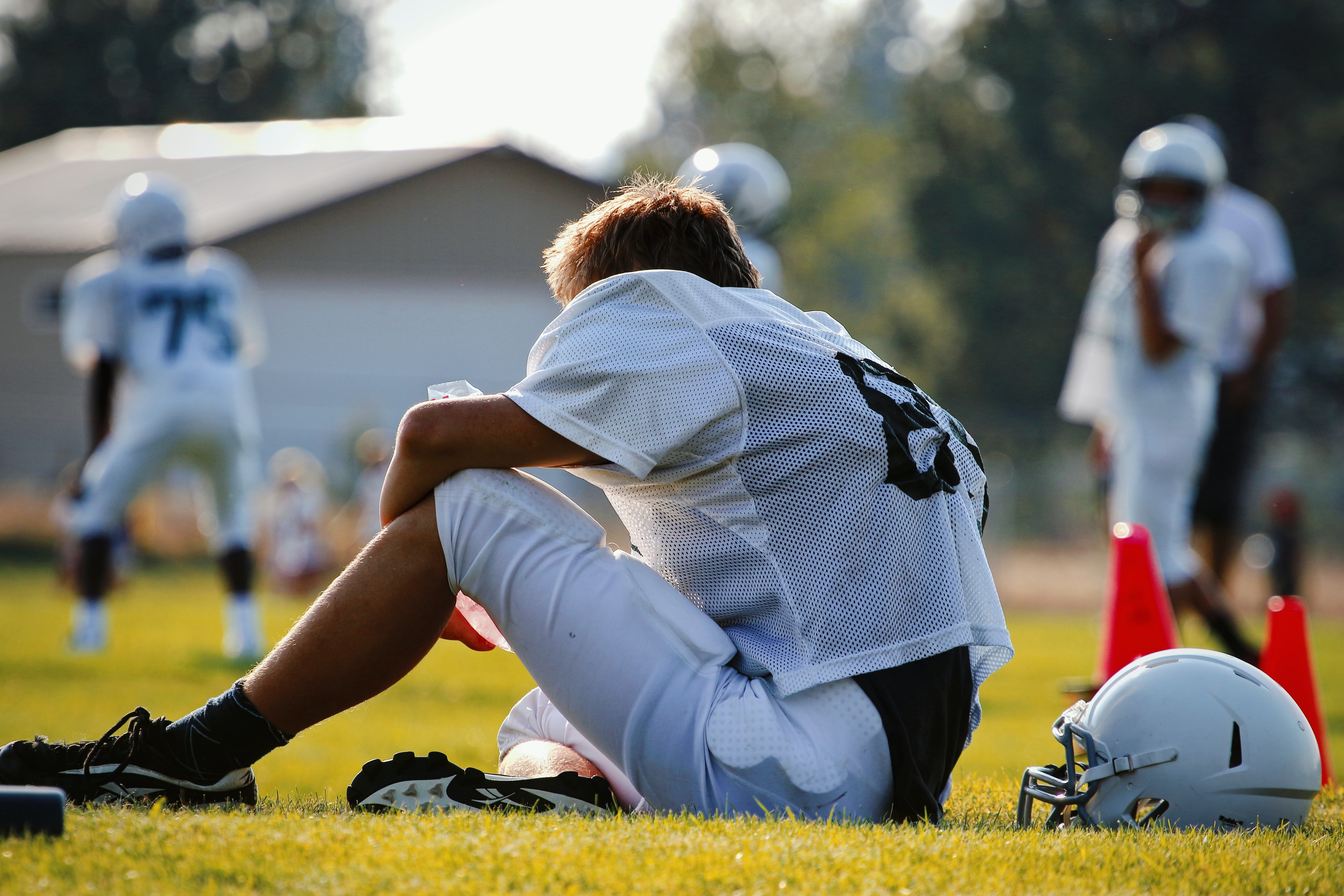Photo by Timothy Eberly on Unsplash
By Tyler Glessner
The NFL’s concussion problem and lack of care for player safety could kill youth football.
Handling player safety regarding concussions has always stained the NFL’s reputation. The NFL has blood on its hands and scrambles to clean it up.
What is a concussion? The CDC describes a concussion as “…a type of traumatic brain injury…caused by a bump, blow, or jolt to the head or by a hit to the body that causes the head and brain to rush back and forth…creates chemical changes in the brain and sometimes stretching and damaging brain cells.” Medical providers describe a concussion as a mild brain injury because concussions typically are not life-threatening. Still, concussions have life-altering effects.
What about CTE? CTE, also known as chronic traumatic encephalopathy, is a progressive brain condition thought worse than death. People with chronic traumatic encephalopathy can suffer from memory loss, impaired judgment, aggression, depression, anxiety, parkinsonism, and progressive dementia. It is mainly found in deceased athletes. The first athlete discovered with CTE is Steelers’ longtime center, Mike Webster.
Once discovered in 2002, the NFL said CTE was not directly related to football. The NFL has since admitted that there is a correlation between the two. Many young and talented players retire due to concussion problems. Luke Kuechly, Chris Borland, and Ali Marpet have all retired early, citing concussions as to why they left.
So, CTE only affects NFL players? Well, no. Take the Nathan Stiles story. While playing in his senior season, Nathan would take repetitive severe blows to the head. It would lead to his death in October of 2010 when he was diagnosed with CTE at 17 years old. That would make him the youngest diagnosed CTE patient to this day.
The point is: concussions can affect kids of all ages. New research from UW Medicine’s Sports Health and Safety Institute and Seattle Children’s Research Institute found concussion rates among football players ages five to 14 were higher than previously reported, with 5% sustaining a football-related concussion each season. A study conducted in 2022 showed that if one played from childhood through high school and ended through high school and ended there, they would have a 29% chance of developing CTE. If one played any of the three main levels of college football, they would have an 87% chance.
Parents can easily search these numbers and see the facts. Football is a violent game that will not come to an end over concussions. What the NFL needs to do is prove that it cares not only about concussions but player safety as well.
This means that changes to the concussion protocol for all levels of sports must be made. No player that suffers any concussion symptom should return that week, or even two weeks. Another tactic is proper coaching on tackling form. Rule changes to hits in the NFL have done a poor job of forcing coaches to teach better and safer means of tackling.
Football is a fantastic sport, but it has glaring problems at every level. They stem from the most prominent sports brand in the United States, the NFL.
























